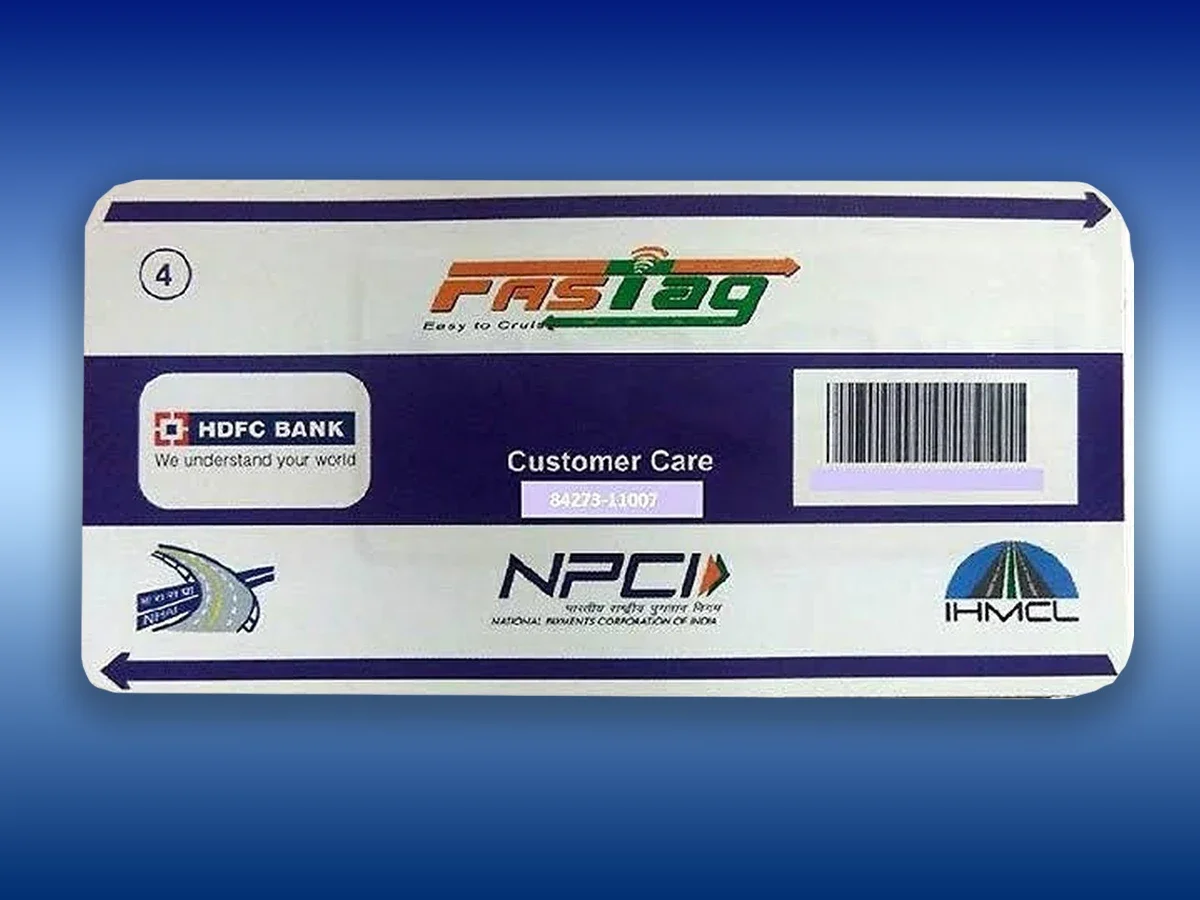

How to Sell a Car That’s Not in Your Name
- 1Learn safe steps to sell a car that is not in your name
- 2Understand legal ownership and documentation rules
- 3Navigate the car ownership transfer process with ease
It may seem complicated to sell a car if it’s not registered in your name, but it's not impossible if done right. You need to understand the legal steps to ensure a smooth and clear sale, whether you are handling a sale on behalf of a family member, business, or estate. Here’s how to sell a car not in your name the right way.
Essential Steps to Sell a Car Not in Your Name Safely
Before you can sell used car that isn’t in your name, it’s very important to ascertain the actual legal owner, the value of the car, and also what paperwork is required for it. If these steps are followed properly, everything will be done right and there won’t be any disputes in the future.
Verifying Ownership and Permission
The first thing to do is to ensure that you have the legal right to sell the car. Otherwise, you could face legal consequences or have to cancel the sale. Always verify the name on the vehicle registration and verify that you have permission to conduct the transaction.
If you’re selling the car for someone else, get a properly drafted Power of Attorney (PoA) or sale authorisation letter. A PoA allows you to represent the owner, sign agreements, handle paperwork and appear before the RTO for transfer-related formalities. However, RTO practice differs by state, as some offices accept a notarised PoA for completing Forms 29 and 30, while others still require the registered owner’s original signature. Always confirm this with the local RTO before relying solely on a PoA.
How to Handle It:
- Before proceeding, be sure that the name on the RC is not yours.
- Get a stamped/notarised power of attorney or letter of authorisation from the owner.
- Bring copies of all the supporting identification documents.
- Make sure there are no unpaid loans against the vehicle.
Understanding the Car’s Value
Before you even start to list the car or post an advertisement anywhere, get a clear market value on the car. Set a fair price to build up trust and also to avoid unnecessary negotiation issues later. Evaluate the model, age, mileage, condition, and history of the service. Trusted used car valuation tools can be useful for guidance; however, it is important to compare cars of similar models, mileage, and condition in order to get the right estimate.
An inspection, especially a PDI, will help the condition of the vehicle to be determined and make the buyer trust your listing. It also gives you the opportunity to solve any minor issues that could affect the final selling price.
How to Handle It:
- Compare prices of the car with other similar models that are available online.
- Get a professional inspection done or a PDI report to ensure transparency.
- Gather service and maintenance records to show the vehicle's history.
- Set a price a bit above your minimum; it leaves room for negotiation.
Essential Steps for Selling a Car Without Ownership
When you sell a car that is not registered in your name, every document and authorisation must be precise. This proves that you’re legally entitled to act on behalf of the registered owner. Without such clarity, the RTO may refuse to process the transfer or the buyer could later challenge the sale
If you’re selling under a Power of Attorney, verify that the PoA explicitly authorises the sale and transfer of the vehicle and has been duly notarised or registered. Some RTOs allow the PoA-holder to sign and submit the transfer forms on the owner’s behalf, while others still insist on the owner’s original signature, so it’s best to confirm the local rule in advance.
Both parties should sign a detailed sale agreement mentioning the payment terms, vehicle condition, and delivery date. This written record protects both seller and buyer from future disputes.
How to Handle It:
- Confirm ownership details with the applicable transport authority.
- Obtain all papers, including the RC, Form 29, Form 30, the sale agreement, and the owner’s ID.
Ensure both parties (or the authorised PoA-holder) sign and date every transaction document.
- Keep digital and physical copies of all records and the RTO acknowledgement of transfer submission.
Handling Specific Scenarios
Occasionally, selling a car that is not in your name involves unique circumstances. Special documentation and permission are necessary for each case.
- Selling on behalf of a deceased person: If the owner is deceased, get the death certificate and the legal heir certificate (or succession certificate/probate where needed), then apply for transfer at the RTO. Many states expect this process, though it’s always advisable to verify local rules.
- Company or leased car: Obtain a company letter that allows selling the car and provide evidence of repaying the loan fully in case it is required.
- Selling a car registered to a partner or family member: Written consent and a copy of the owner's ID are necessary.
When managing any of these cases, proper communication and documentation are effective in safeguarding everyone involved and ensuring that the local motor authority rules are adhered to.
How to Handle It:
- Request original documents verifying your authority to act.
- Keep a signed copy of the authorisation or probate letter.
- Confirm that there are no pending insurance or finance obligations.
- Payments should always be completed in traceable and secure methods.
Finalising the Sale
When the buyer is settled on buying the vehicle, it is time to finalise the paperwork. Make sure that every document is signed and ensure that the payment is clear before handing over the keys. Remember that the car ownership transfer process must be completed through your local transport authority to ensure the sale is legally binding.
Ensure that you update the vehicle records to the buyer's name as soon as payment is made. This will guard you against any liability in the future in terms of accidents, fines, or any other traffic violations involving the vehicle.
How to Handle It:
- Prepare a sale contract with the full names, signatures, and IDs of both parties.
- Complete the ownership transfer through the relevant authority.
- Only accept secure payment methods like bank transfers.
- Inform your insurer after the sale has been completed.
- Retain all copies of receipts, transfer forms, and communications.
These steps help you to sell a car not in your name without legal and financial complications.
Conclusion
It takes caution and precision as well as legal knowledge to sell a vehicle that is not in your name. With authorization confirmation, knowledge of the value of the car, and adherence to the car ownership transfer process, you ensure transparency and safeguard your interests. Keep records organised and payments trackable to maintain a secure, legitimate sale.
With careful preparation, you can confidently sell a car without ownership and complete the process safely.
Frequently Asked Questions
Expand all




























